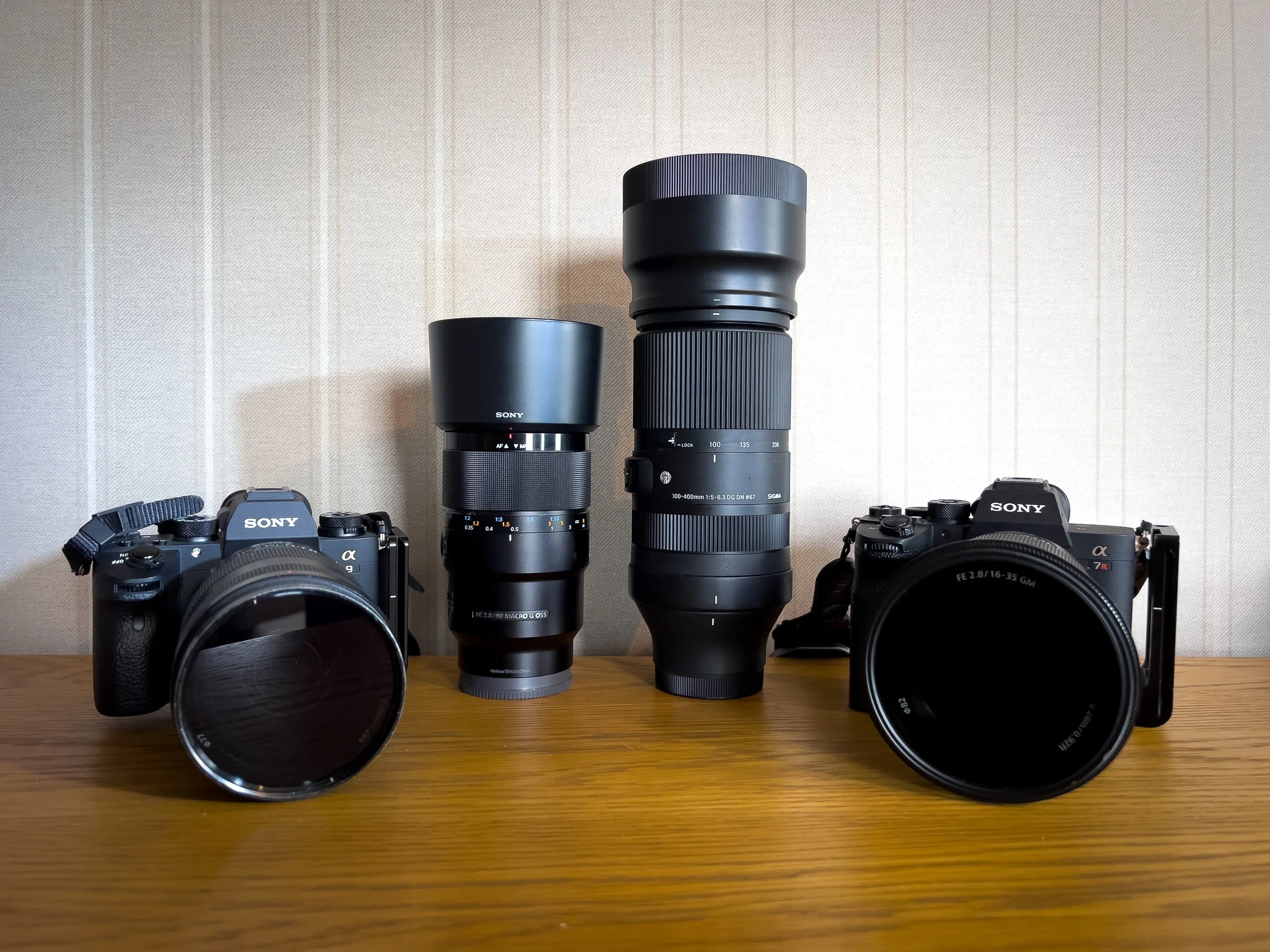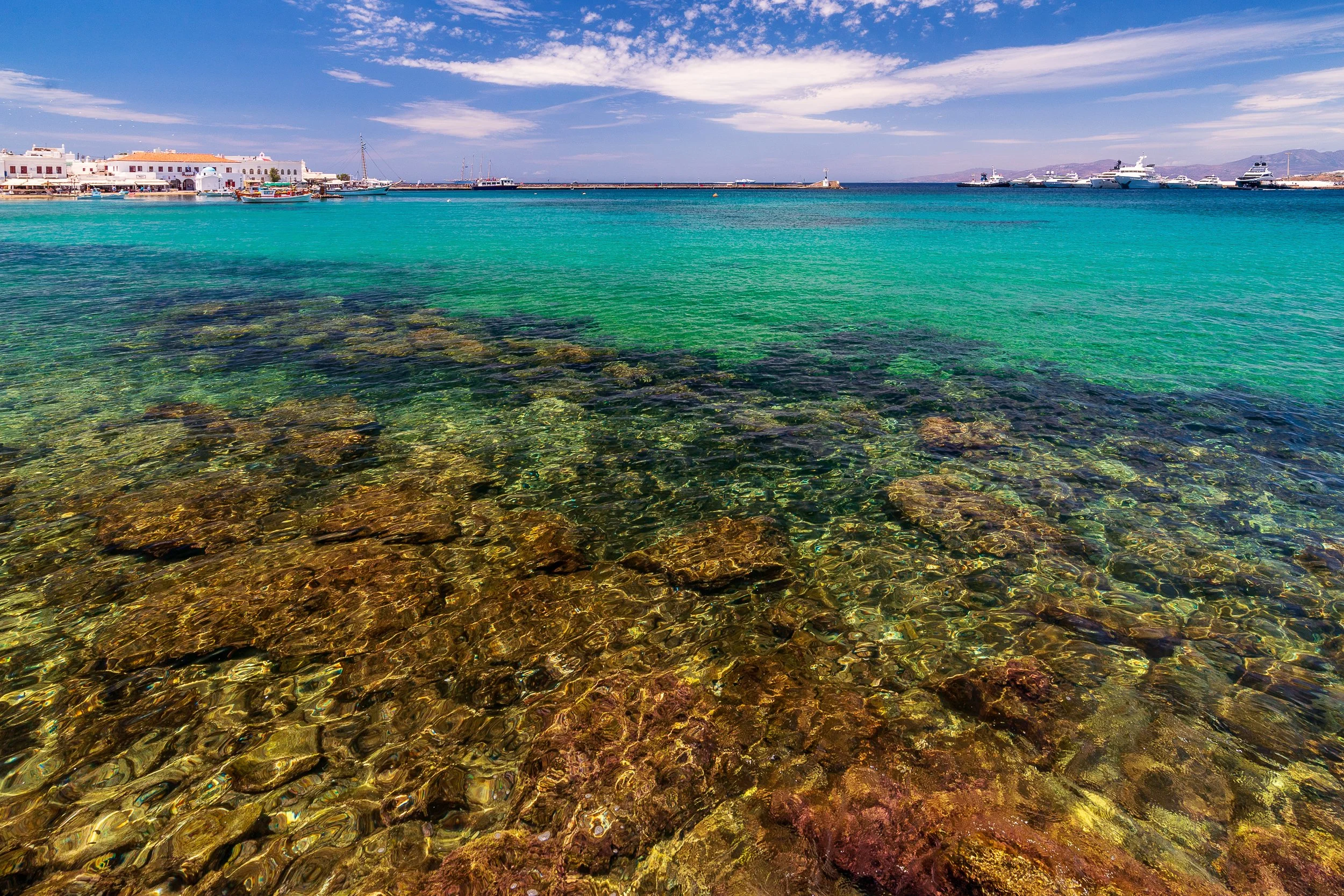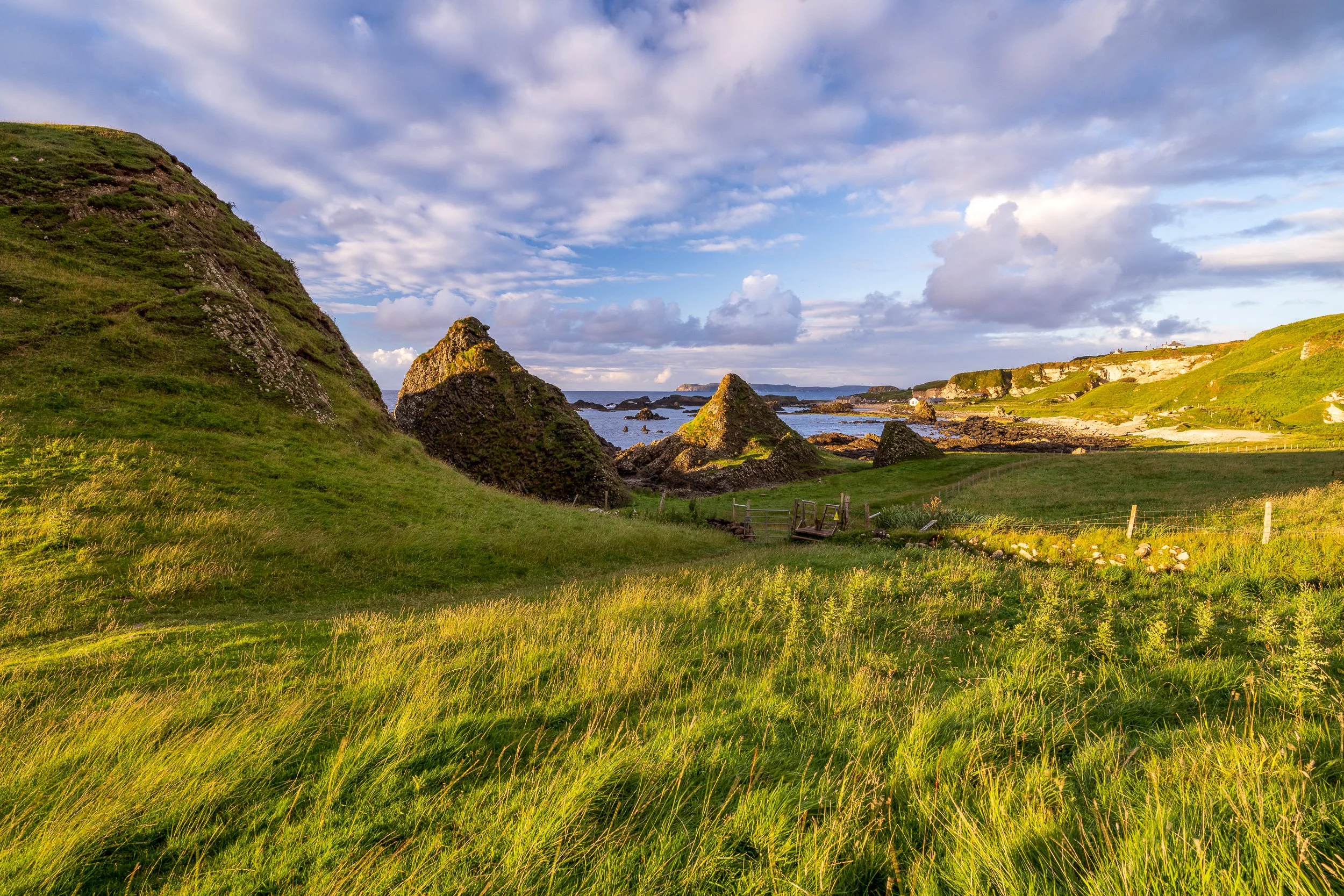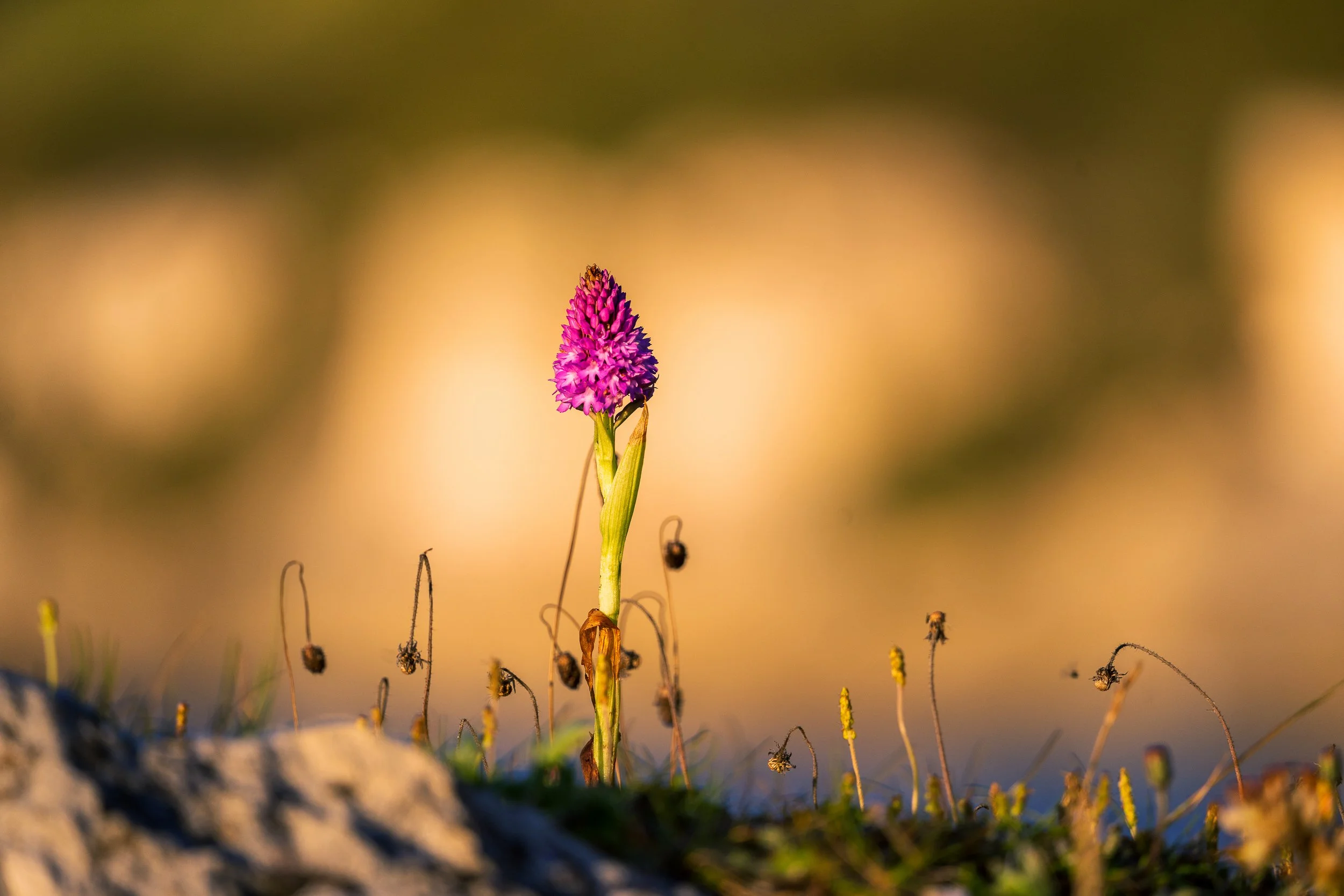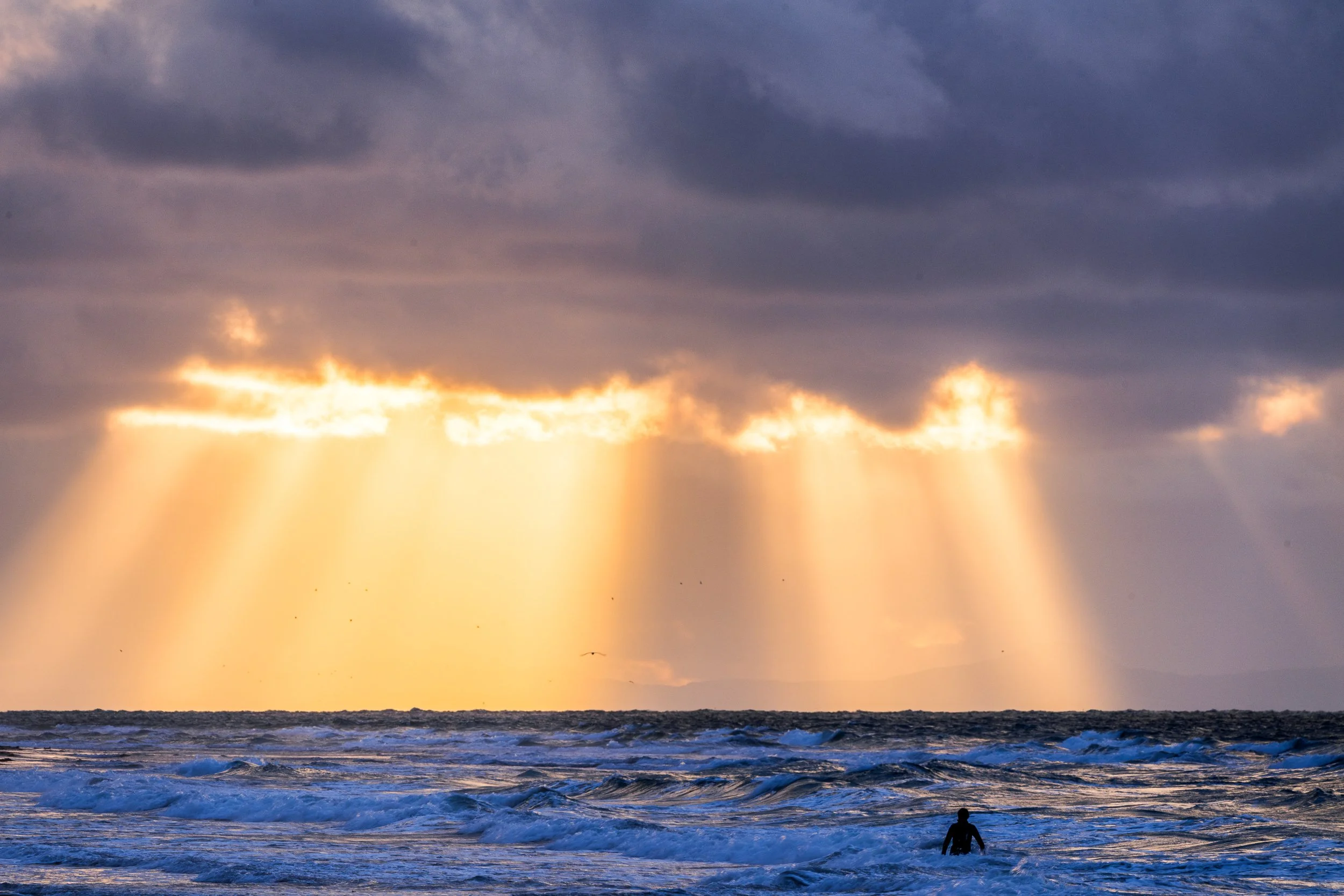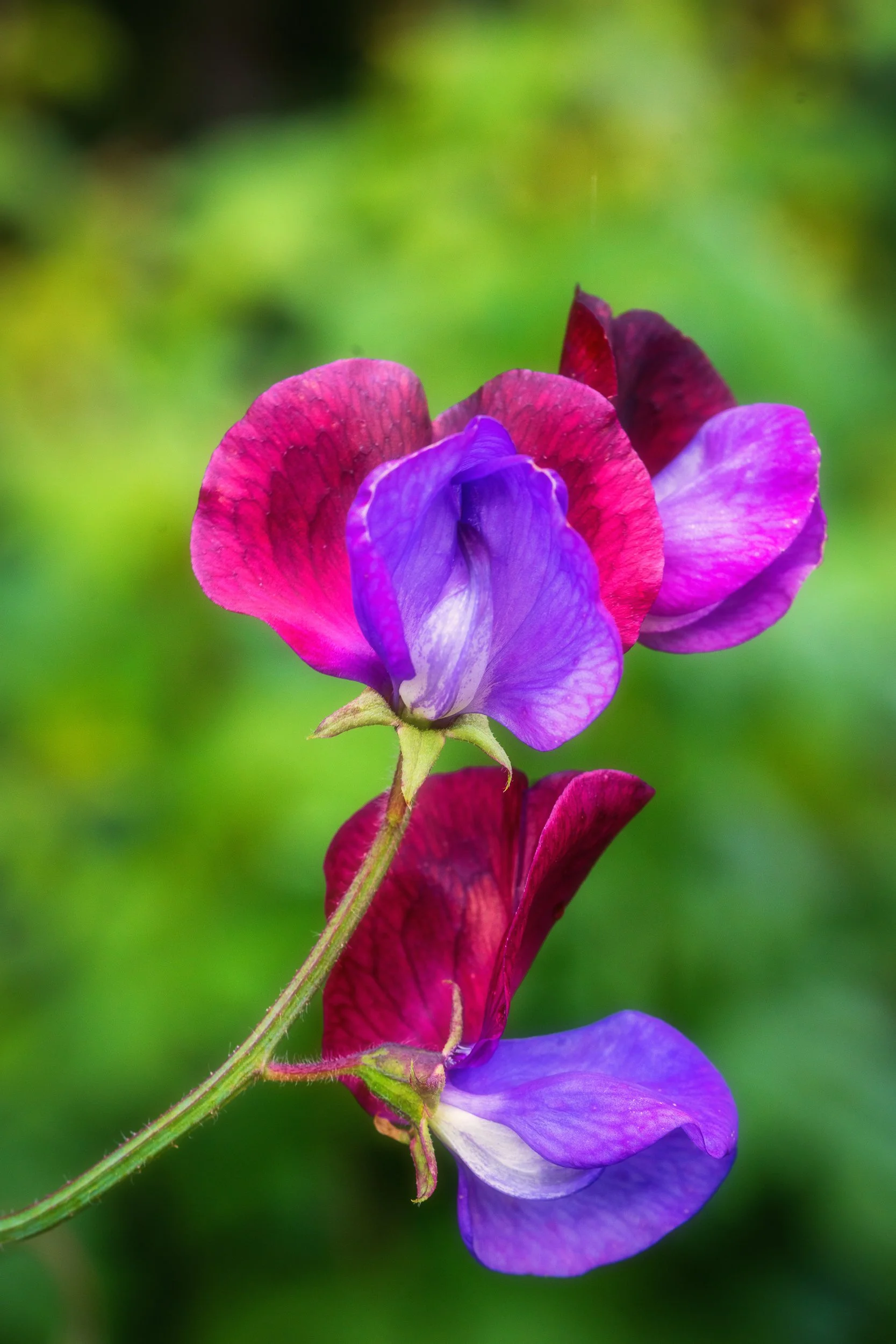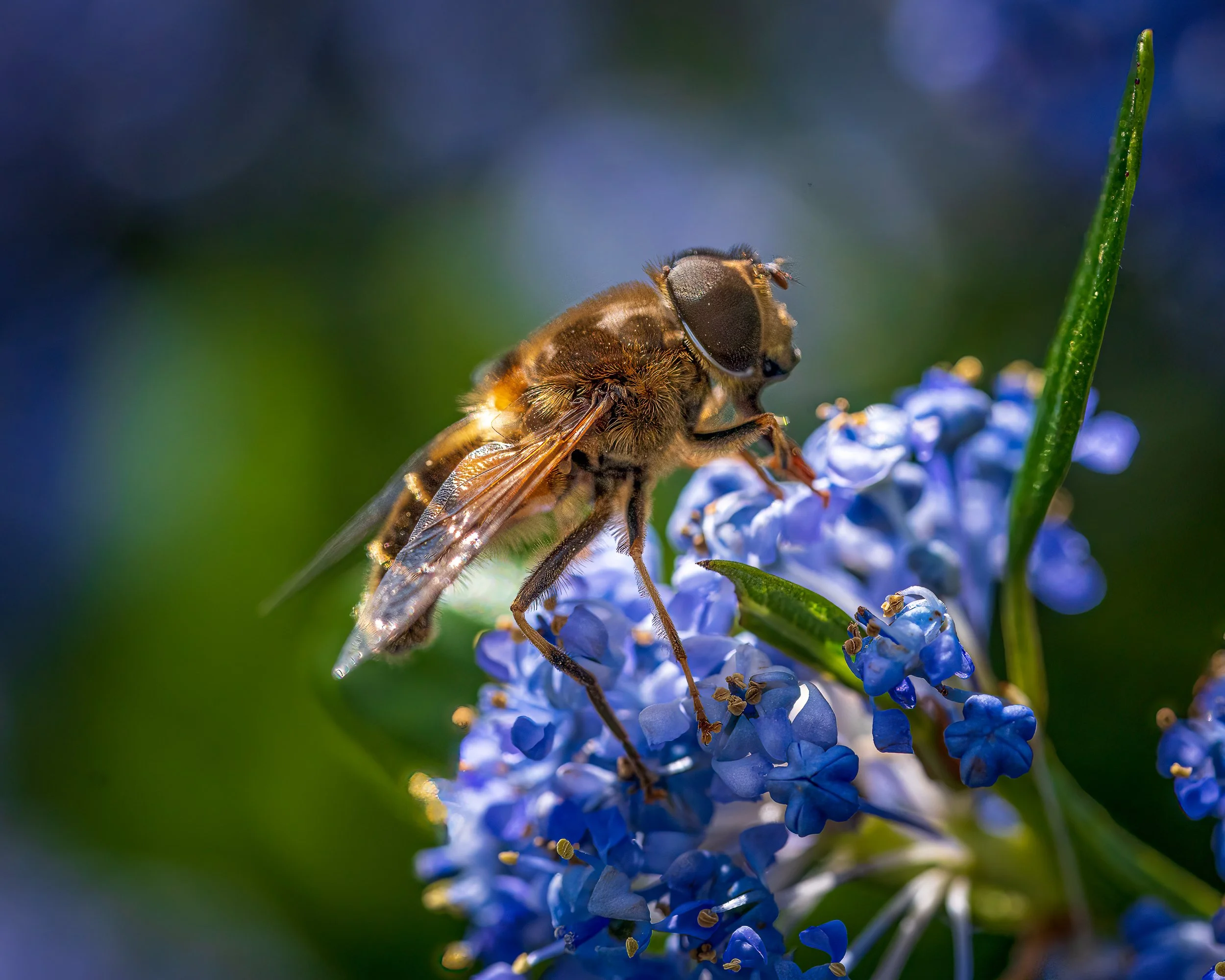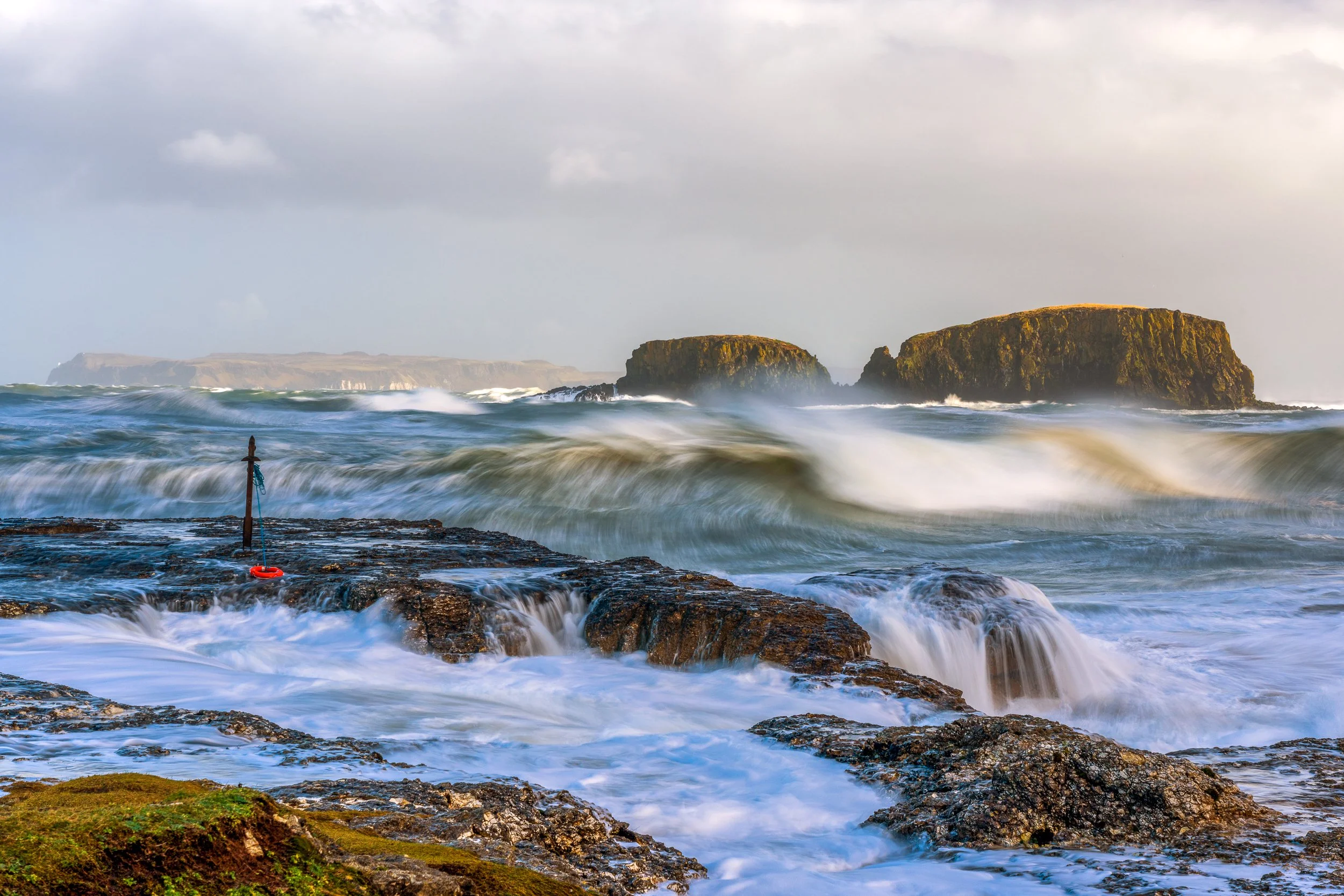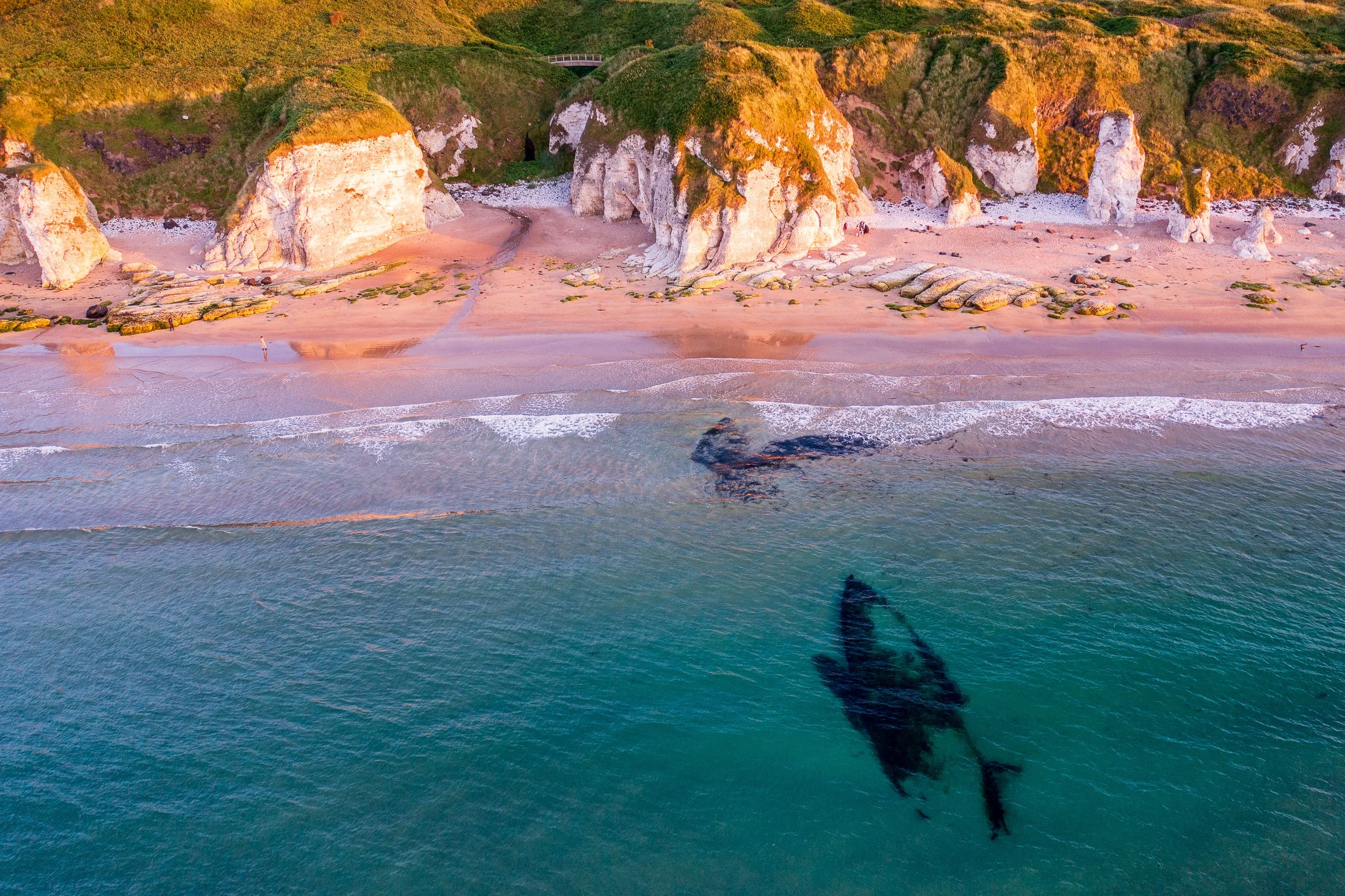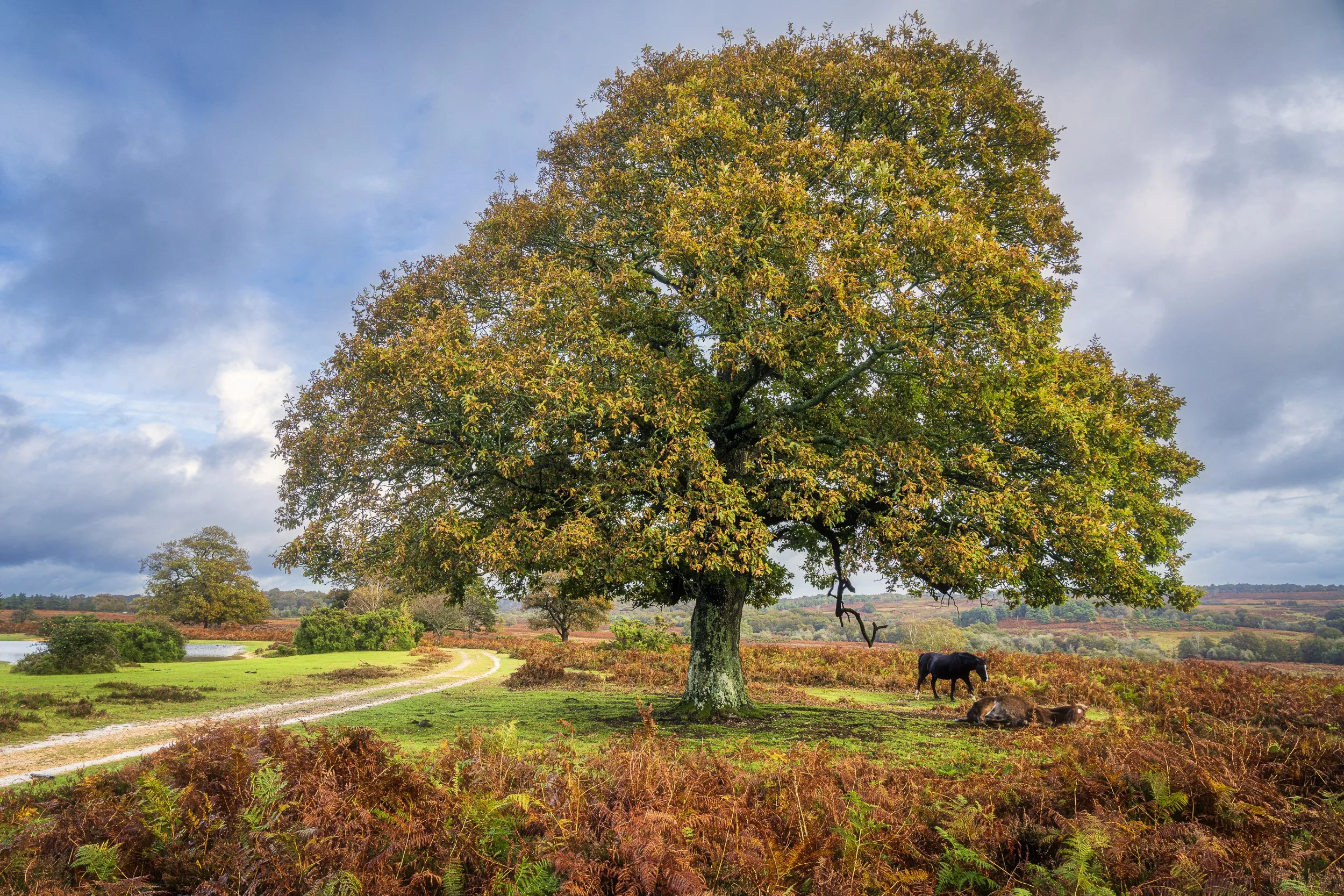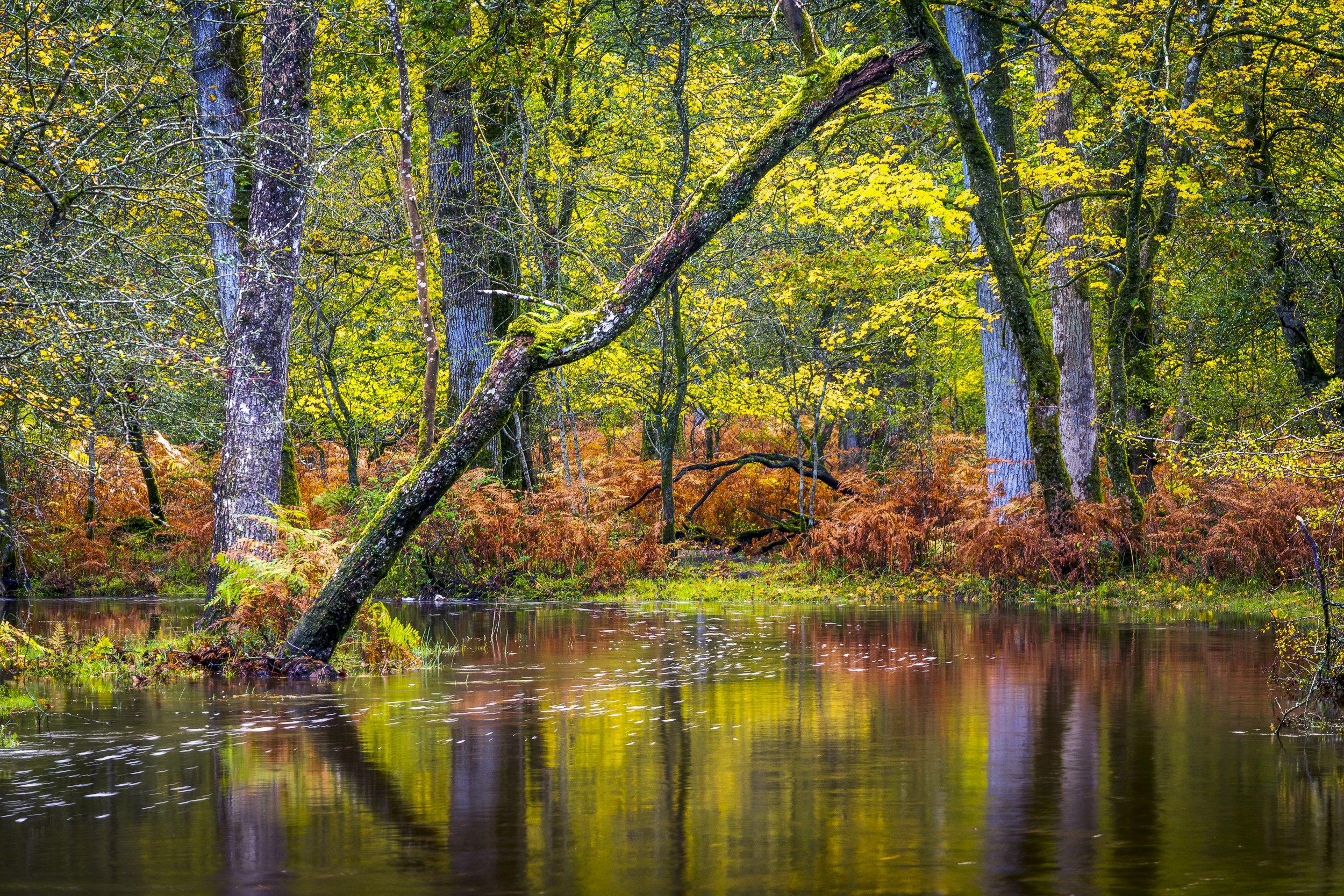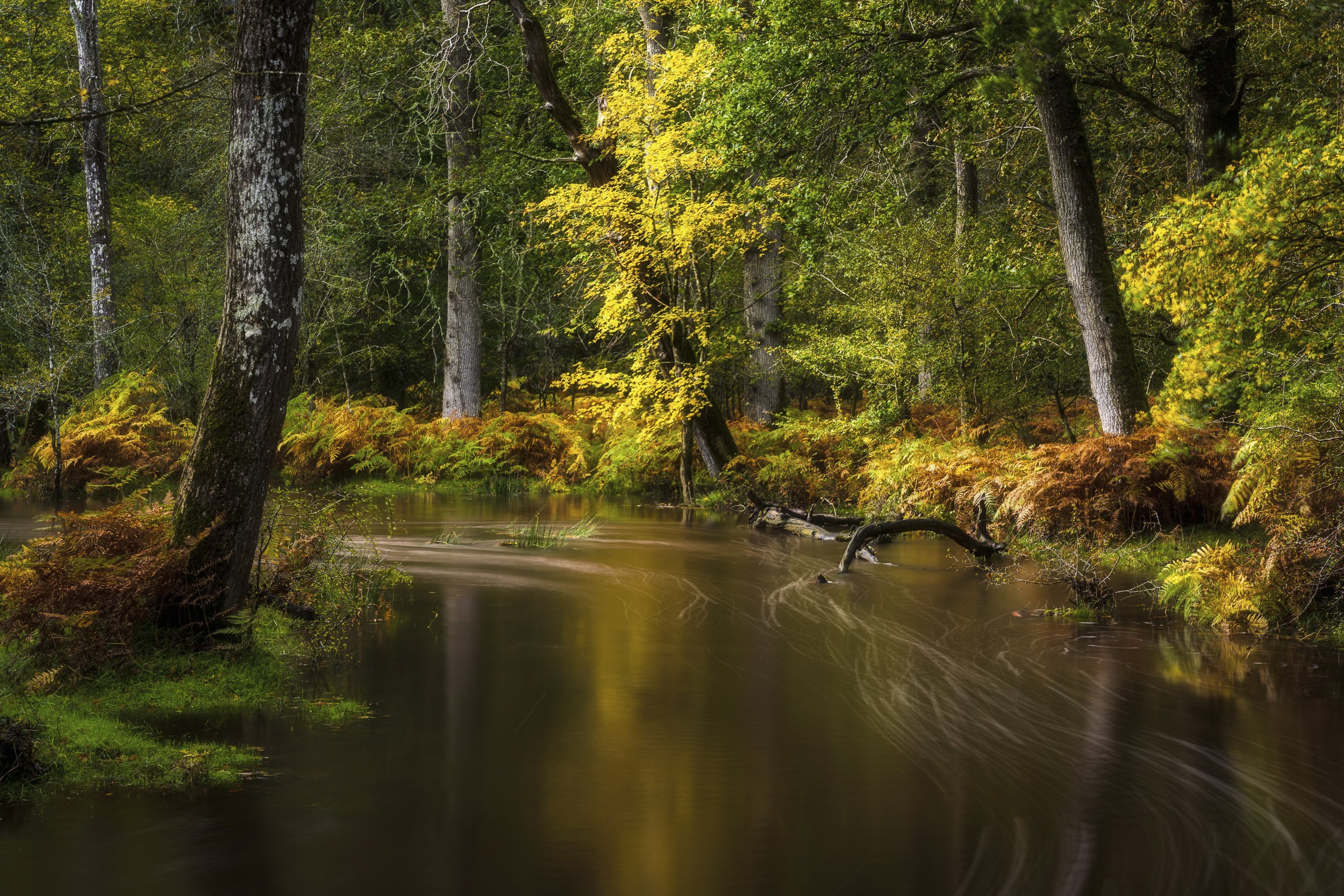
reflections
on photography and life
My Outdoor Photography Setup for 2022
Two years have passed since I wrote my last gear update, an indication that either gear no longer holds the same interest for me, or (more likely) that I just didn’t get around to doing it!
Change
Two years have passed since I wrote my last gear update, an indication that either gear no longer holds the same interest for me, or (more likely) that I just didn’t get around to doing it!
Much hasn’t changed. I haven’t been seduced by even more megapixels or larger sensor size. The Sony still does the job I need and then some. But there have been a few additions and subtractions as my photographic interests have changed somewhat. Covid restrictions forced me to experience the outdoors closer to home, which in turn led to an unfinished personal project photographing birds in flight, as well as greater interest in macro and abstract photography. Once restrictions eased I found myself spending much more time in the mountains, travelling lighter when I could.
This is my basic setup consisting of two camera bodies, three general lenses and one specialist lens. Thanks to the great generosity of a kind friend this year I have added the Sony A9 to use alongside my A7R4 both as a backup camera, in case something goes wrong (as it did in the Mournes early this year!) and for shooting Astro. With its fewer pixels and larger individual pixel size, it is much better than the A7R4 in very low light.
In addition I now have the Sony 16-35 2.8 for both wide-angle and night sky photography, replacing the Zeiss 18mm. Although it is heavier than the Zeiss, it shoots wider and does more. I have retained the 24-105 although I am using it much less, and also the 100-400, which I am using a great deal more, especially for birds, when the crop mode of the A7R4 comes into its own, still giving me a 26mp photo. The specialist lens is the Sony 90mm macro, which also doubles for portraiture. I normally leave it at home when going on a trek or overseas trip. The other three lenses together allow me to shoot for 16mm to 400 (600 in APSC mode) which generally is more than enough.
The lenses in action
When I need to go wide the extra 2mm of the 16-35 over the Zeiss 18mm is most useful as here to capture the drama of the clarity and colour of the sea on a recent brief visit to Mykonos.
Another example of the ‘big foreground’ effect of using the 16-35 at its widest, to capture the sunlight on the grasses along the coastal walk at Ballintoy.
A panoramic image of the Mountains of Mourne, using the 24-105 (five images stitched together in Lightroom).
The versatility of the 100-400 is illustrated here with its ability to pick out a small object and make it large in the frame, while blurring the background, which in this case are the cliffs at Whiterocks.
The 100-400 is so useful in ‘finding a picture’ in the middle of the chaos of a busy beach in summer.
The macro lens comes into its own in the garden.
And for shooting bugs!
Other landscape essentials
My tripod is a Gitzo GT2545T which I use in combination with an Arca Swiss P0 ball-head, a reasonably lightweight setup which I can still manage (just about) on a longish trek.
Another essential piece of kit for tripod work is an L bracket - I have the SmallRig version on each camera. This allows me to change my camera from landscape to portrait orientation very efficiently. With the amazing dynamic range of the Sony I use graduated filters less and less, but still occasionally use neutral density filters to slow down the shutter speed, especially when shooting water. I purchased the new Kase magnetic polarising filter this year and have found it excellent so far. When using the tripod, I also use the Sony remote to help avoid camera shake. It also helps greatly in wave photography to get the timing right.
Of the making of bags…
I switch between three bags. A small Manfrotto messenger type bag suffices for a one lens setup - when out with the family, for example. (Although nowadays I usually just bring my iPhone.) A slightly larger Manfrotto messenger bag works for a two lens set-up, especially for travel as it easily complies with all carry-on regulation. For landscape photography in the UK and Ireland, especially if it involves any degree of trekking (and it usually does), I use a Mindshift (ThinkTank) BackLight 26L backpack. It just about copes with the Sigma 100-400 and shows no sign of falling apart in spite of my best efforts. A slightly deeper bag would be helpful.
BackLight 26L
I also have a drone. It is a Mavic 2 Pro. It is amazingly stable even in a brisk breeze and the 1” sensor/Hasselblad lens combo is excellent for stills, including panoramas.
Without the drone this kind of shot would be impossible. This is a glimpse of the wreck of the Devereux. which sank on September 5, 1864 with its cargo of wood. Due to winter storms shifting the sands here, the wreck has become visible again.
If I ever get around to it, next year’s gear update will be written as a 70 year-old! I wonder what changes there might be!
2021 The Year in Photographs
At the turn of each year I put together a collection of my favourite photographs from the previous twelve months. I find this fun to do and I also learn from the exercise. These are not necessarily my best photographs, nor the most popular on social media. But they are the most meaningful to me.
At the turn of each year I put together a collection of my favourite photographs from the previous twelve months. I find this fun to do and I also learn from the exercise. These are not necessarily my best photographs, nor the most popular on social media. But they are the most meaningful to me.
Frozen.
One morning in January I discovered that a container I used for gardening, which had filled with all kinds of leaf debris and winter rain, had frozen over, trapping thousands of little bubbles in the ice. It gave me an idea. I added some more leaves and stones from the garden and left the container overnight on the promise of more sub zero temperatures. I wasn’t disappointed. It was fun using my macro lens to isolate small scenes in my frozen landscape - until the cold became too much for me! This was my favourite composition because its colours somehow reminded me of my sister’s sense of style. I had the photo printed and framed for her birthday, much to her delight (especially as it perfectly matched the colours in her main room!). So this photo will always hold a special meaning.
We also had snow in January. Not a lot but enough to allow me once again to photograph the trees of Gallows Hill where we live.
You and me. Photographed during a rare spring blizzard, these ageing trees are still standing, holding on to each other through all weathers like an old devoted couple.
I’ve been photographing these trees consistently ever since we moved into the area, as a personal photographic project. I’ve photographed them in all seasons and all conditions. Perhaps it is time, after almost ten years, to do something with them?
Smile.
April provided me with the best post sunset conditions I have ever experienced at Ballycastle beach. When I showed the photograph to my wife she told me it looked as if the sea was smiling!
Passing Through
I was introduced to this location (Hamilton’s Seat on the Causeway Coast) by Steven Hanna, who, on so many occasions has been my photography companion and teacher. I will always associate this view with him and his friendship. On this occasion in May the passing squall provided the perfect background drama to what is one of the most dramatic views on the entire island. We’ve photographed there on many occasions now but this year provided me with the best photo I’ve managed.
Hare’s Gap
At the summer solstice the sun is sufficiently far north to light up the valley that leads to the famous Hare’s Gap, one of the iconic locations in the Mourne Mountains. This was my first trek to this location, on the slopes of Slievenaglogh and we were rewarded not only by the appearance of the sun but also the moon. A very special day.
Escape.
Mid-summer is often the best time to photograph the Causeway Coast, particularly in the evenings, as the sun sets out to sea and lights up the chalk cliffs near Dunluce Castle. After five or six visits in July, I was rewarded on this evening with a small gap in the clouds close to the horizon. It was sufficient for a few moments of gorgeous warm light on the sea arches and cliffs, contrasting with the cooler colours of sea and sky. The small headland from which I took this photo is one of my favourite places of ‘escape’. To think, to pray or simply to sit and watch the sun sink into the sea.
Harvest.
A drone photograph from early August, showing Ballintoy Parish Church in the timeless rhythms of its context: the cycle of seasons, the local community both living and deceased, working and worshipping in a coastal landscape as the last light of another day fades on distant Fairhead.
What Lucy saw. From an unforgettable summer adventure with my granddaughter, Lucy.
Among the Heather. A second trek up Slievenaglogh, this time in August to photograph the heather in the Mournes. Another ambition fulfilled this year.
Causeway Delight.
I’ve visited and attempted to photograph the Giant’s Causeway many times over the years but have always been rather underwhelmed by the results. After several attempts this year I finally was gifted with an evening of spectacular skies. As is often the case in such an iconic location, it was ‘battling tripods’! I managed to secure a small gap in the group of photographers just in time to make this photo. The measure of success is that it is the first photo I’ve taken of the Causeway that my wife likes! I simply had to include it here.
Autumn Playtime
A glorious autumn day in the New Forest, during our visit to Dorset in England, as the sun lit up this magnificent oak tree. Even the ponies came out to play.
Hidden Magic.
Autumn is a favourite season for many photographers, for good reason. This year I visited this beautiful waterfall in Glenmalure, Co Wicklow for the very first time. Hidden from the nearby road by a thick screen of trees, it is a magical location.
The Bridge. Perfect conditions for a return in November to Cloghleagh, Co Wicklow.
The Stepping Stones. Tollymore always rewards a visit or three every autumn and this year proved exceptional.
Gathering Storm
Winter in Ireland often experiences Atlantic storms so when Storm Arwen was announced I couldn’t resist the temptation to head to Ballintoy to capture some of the action. Remembering the disaster of my previous experience of ‘storm chasing’ I was extra cautious!
Pan’s Rock and Fairhead.
My final choice from 2021 was taken in December at what is the closest part of the coast to our home, the beach at Ballycastle and especially the northerly end, with the Pan’s Rock footbridge and the views of Fairhead and Scotland beyond. This photo once again was the result of repeated visits to the same location being rewarded by a coming together of key elements, direct sunlight, dramatic seas and sky detail.
What have I learned this year? At least the following. The importance of paying attention to the edges of the frame. The importance of atmosphere in a photograph. Abstracts can be fun and rewarding. Sunsets can be overdone. I love photographing waves. And writing about photography increases my enjoyment.
If you’ve made it this far, thanks so much for travelling with me!
A world where there are Octobers
“I’m so glad I live in a world where there are Octobers.”
L.M Montgomery, Anne of Green Gables
Anne Shirley’s Prince Edward Island lies at a lower latitude than Ireland yet its autumns arrive sooner. For us it tends to be early November before autumn colour achieves its peak. But to say “I’m so glad I live in a world where there are Novembers” doesn’t sound as inviting.
“I’m so glad I live in a world where there are Octobers.”
L.M Montgomery, Anne of Green Gables
Anne Shirley’s Prince Edward Island lies at a lower latitude than Ireland yet its autumns arrive sooner. For us it tends to be early November before autumn colour achieves its peak. But to say “I’m so glad I live in a world where there are Novembers” doesn’t sound as inviting.
However, this year many photographers on both sides of the Atlantic expressed a concern that autumn seemed to be particularly late. I confess I was one. My reason was rather selfish but, I hope, forgiveable: we had been invited to spend the final week of October with friends who live on the edge of the New Forest in Dorset. Since reading Children of the New Forest in school (many, many years ago!) it has been a dream of mine to experience it for myself one day. But would autumn be waiting for us when we arrived?
The fungi family: dad, mum and four kids! Our first day in the New Forest but no autumn colour.
“No”, was the answer. When we arrived, summer green was still in full flow and as we drove around what is a spectacularly beautiful county, I couldn’t help feeling that something was missing. And then, the day before we returned home, the New Forest was ready for us. Almost over night, it seemed, orange and yellow had moved in. Still October, but on the cusp of November, autumn had begun.
Rockford Common
Every ancient forest is challenging to photograph. They are wild places, following their own rules which don’t neatly fit into our concepts of artistic order. Add to this the newness of this particular forest to me, as well as its sheer vastness and I was well and truly daunted! I had visions of wandering hour after hour, finding nothing that I could make ‘work’ in a photograph.
That’s precisely what had happened on the first day. We saw ponies, fungi, trees but I struggled to find a composition in the landscape. Thankfully during the week I had come across an article on the New Forest which highlighted in general terms some locations rich in photographic potential.
It is often easier to find compositions at the edge of forests or in more open areas so we headed first to Rockford Common, where after a brief shower we were welcomed by a glorious rainbow. This was encouraging! Next we moved on to Bratley View where the sun again co-operated to provide a splash of light on the beautiful lone pine and on some of the surrounding bracken.
The lone pine at Bratley View.
After these early encouragements we decided to go deeper into the forest in an area called Rhinefield, where the Black Water runs. I love the combination of trees and water, especially running water. The image of a tree growing at the edge of water had long since been planted in my mind, from the Hebrew poetry my mother used to quote to me about the blessedness of the person who didn’t walk in step with the wicked, or hang out with those who mock but fed instead on words from above - that person was like a tree planted by streams of water: lots of cool, living water to satisfy the deepest thirst and keep the heat at bay. I spent many long afternoons as a boy climbing trees beside the Folly River, swinging out across the water on a rather doubtful rope and stick combination we all used. No such temptation on this occasion, jut the happiness of finding what I sought.
I hate rushing when photographing the landscape. Sometimes there’s no choice, due either to arriving at the scene after the drama has started - waiting for the light is much better than chasing it - or to the fleeting nature of the moment. Fortunately on this occasion we were under no such pressure. We could stand still, watch, listen, drink in the beauty around us. Sufficient light penetrated the dense canopy to make the colours glow. Yellow, orange and an entire gamut of greens formed a wonderful mosaic of colour. The winding stream and the ancient trees, some leaning at dynamic angles, provided the structure. I could have remained in this one spot for the rest of the day.
Apart from the occasional flap of a wood pigeon’s wings or the snap of a twig indicating the presence of a squirrel or some other small creature, we were enveloped by the special silence of the deep wood. An occasional breath of wind caused movement amongst the leaves, as if the trees themselves were stirring to life and might move or speak at any moment. Then all was quiet again, the noiseless stream at our feet and the air heavy with the intoxicating incense of pine, thick moss and decaying leaves. Overwhelming.
No camera lens is adequate. The human eye sees differently and more. I was drawn to the reflections on the dark, smooth water. They seemed to emphasise the forest’s depth and serve as an invitation to look deeper and go further. At the same time, as I angled my lens slightly downwards, I was conscious of the trees soaring above my head, like the great vaulted ceiling of a natural cathedral, towards the heavens.
Time seems different in the deep forest. Three seasons of the year that is passed were locked into every photograph. And hundreds of years before that. Forests are great preservers of time and history. If only trees could talk… For long moments I looked at the gnarly faces around me, willing them to speak.
This scene stood out for me. Two ancient trees, rotting on their feet but still standing, gather around a fallen friend finally asleep in the bracken’s golden embrace.
For many, autumn has melancholy music, different from the bright green songs of spring. But to be overwhelmed, as I was, doesn’t mean to be sad. I can’t help smiling. I have been given to see 68 autumns and this one is more beautiful than any I can recall. To everything there is a season. The autumn of my life is a time to dance, even with sore muscles and stiff joints. Anne Shirley was right: I’m glad to live in a world where there are Octobers (and Novembers)!
What Lucy saw
“Granda, can we go on an adventure?”
Can we ever! When your seven year old granddaughter wants to go photographing with you, what power could prevent it?
“Where would you like to go?” Without hesitation: “Ballintoy!”
I was curious. We had gone to Ballintoy the last time, so why return?
“Aslan,” said Lucy, “you’re bigger.”
”That is because you are older, little one,” answered he.
”Not because you are?”
”I am not. But every year you grow, you will find me bigger.”
All set for an adventure! Lucy, with her slightly oversized messenger bag, in which she carried a camera, a tiny tripod and her prized possession: a cuddly toy rabbit.
“Granda, can we go on an adventure?”
Can we ever! When your seven year old granddaughter wants to go photographing with you, what power could prevent it?
“Where would you like to go?” Without hesitation: “Ballintoy!”
I was curious. We had gone to Ballintoy the last time, so why return?
Boats at rest in picturesque Ballintoy Harbour.
Perhaps it was the boats?
Lucy likes the boats and we stopped for a moment to watch them as they idled in the evening sunshine. But she pressed on.
Was it the stunning coastline? She’s beginning to appreciate its beauty too. But no. It wasn’t that.
And then I remembered: the rabbits! She had been captivated by the rabbits on her first visit and had been dreaming of them ever since. She even had brought a cuddly toy rabbit with her in her camera bag.
On the coastal walk towards Elephant Rock and White Park Bay there is a stretch of sandy ground. If your approach is slow and quiet, you might just come across a dozen or more rabbits playing in the open or nibbling the plentiful vegetation. In the golden light their appeal to a little girl (and even an old man) wasn’t hard to see.
Exchanging a rabbity kiss in the evening sunshine.
The rabbits were at no danger from us, but they are wary creatures, and although Lucy was more successful than I at getting close, they proved tricky enough to photograph and if we came too close they swiftly disappeared down the nearest burrow.
Lucy’s eyes shone like rock pools in moonlight. Every new bunny elicited a little whimper of delight. It was rabbit city. Every burrow a different home, all interconnected along their underground streets. Each rabbit needed a name, a personality, a story.
There was one who, upon reaching the entrance to the burrow, sat motionless for a long time, whiskers twitching, as we inched our way just a little closer, and then closer still until finally he (or she) filled the frame.
That wasn’t the end of the wildlife excitement. As we turned from our friendly rabbit, we spotted a grand sight. A grey heron, fresh from a spot of fishing, alighted on a nearby sea-stack to preen its feathers and dry in the warm sunshine.
A grey heron, resting from preening his feathers, gazes towards the setting sun. The RSPB centre on Rathlin Island appropriately sits in the background.
“Let’s get closer, Granda.”
Lucy has been climbing things since almost she could walk. (I blame her father!) She led me along a narrow pathway that twisted up the side of a rocky outcrop, which she knew would give us a much better view. I wasn’t sure whether to be terrified or elated that she was taking such interest. (I wasn’t terrified for her, of course!)
She was right. This new vantage point was much better. Occasionally the heron turned its head slightly in our direction as if letting us know it had seen us but for the moment was tolerating our presence.
“Why is it standing on one leg?”
I must confess I didn’t know the answer to this and other questions. Nothing like a seven year old to motivate learning in adults! I know now: it is to do with reducing heat loss from the unfeathered parts. Standing on one leg reduces heat loss by half.
From the better vantage point.
With the light just beginning to fall, and Lucy’s stock of heron questions exhausted, we headed for our sunset spot.
Lucy knew exactly where she wanted to go. Another climb (or clumsy scramble in my case.) There is one slightly tricky part near the top of the little pointy hill. She skipped over the obstacle like a spring lamb. Then, realising that I had all the agility of a beached walrus, she turned back, insisting that I handed her my camera so that I would have less weight to carry! I chuckled my way to the top.
A photographer at work! My favourite photo from our adventure.
The view in every direction was spectacular, and as we waited for the sun to dip close to the horizon, Lucy busied herself with a variety of compositions, listening as I explained to her about the importance of light and the importance of looking all around. “Don’t just look towards the sun; look at what the sun is looking at!”
She placed the little tripod close to the cliff edge and snapped away, totally engrossed in the scene before her.
Look behind you! Looking with the sun towards Ballintoy Harbour, with the parish church shining brightly on the hill.
By now Lucy was getting tired, but knowing that the moment we had been waiting for was just a few more minutes away she lay down on the dry grass. It was only later I discovered she had taken photos of me when my back was turned.
When I wasn’t looking, Lucy captured me in action! My second favourite photo!
We watched together as the sun sank towards the sea.
The thought of home, a late night snack with granny and a sleepover filled Lucy with renewed energy as she chatted the whole way back to the car.
I can’t remember the questions now, perhaps because of an overwhelming sense of a priceless but fleeting moment. It made me think of those Sunday afternoon walks so many years ago along the disused railway line near my home town when, as a little boy, I excitedly pointed out each new wildflower or exotic beetle to my mother. And now beside me was this little girl with her long brown hair and her mind filled with rabbits and sunsets, large grey birds and dreams.
“Every year you grow, you will find me bigger.”
I hope we go on another adventure soon. We’ve had adventures in the garden, harvesting potatoes, blueberries and tomatoes. Adventures in rock pools. Adventures on the neighbour’s farm. (She’s told me she wants the next adventure to be climbing Slemish with me! “It’s easy. You can do it”, she assured me.) To have these moments to share at the opposite ends of life; moments to help open her mind to the universe around her and the even bigger world beyond - what a gift.
And every year she grows, I pray that she will find her world bigger and the Great Lion bigger still.
Shooting Heather In The Mournes
For those of you who know that my wife’s name is Heather, please don’t be alarmed. No guns were involved! Nor was my wife. Heather, also known as calluna vulgaris, is of course the extremely hardy low-growing flowering shrub which dominates the moorlands and colours them mauve in the month of August.
For those of you who know that my wife’s name is Heather, please don’t be alarmed. No guns were involved! Nor was my wife. Heather, also known as calluna vulgaris, is of course the extremely hardy low-growing flowering shrub which dominates the moorlands and colours them mauve in the month of August.
We have a large swathe of it almost literally outside our back door, covering what’s known locally as “the moss”, a stretch of boggy turf where nothing else grows. However, the surroundings are not particularly photogenic and for some years it has been an ambition to photograph the heather in the much more dramatic setting of the Mournes.
Timing is always a challenge, just as it is with autumn colour. There is a period of a few weeks each year when the flowers are at their best but precisely when is hard to predict, On previous occasions we had been too late, as you can see from the above photo taken on August 18 above Ben Crom reservoir: some colour remains but it has largely faded. This year, with all kinds of schedule challenges, we only managed six days earlier. It proved to be enough.
On this occasion we made for a different location, on the opposite side of Binian, the large mountain in the photo above. Our goal was Slievenaglogh.
Thankfully, this was a much shorter and slightly easier hike, which involved heading towards Hare’s Gap before crossing the stream and slowly (in my case) ascending the side of the mountain.
Hare’s Gap, photographed from close to the start of our hike, using the long lens (at 100mm) which revealed promising colour on the higher slopes of Slievenaglogh.
On the lower slopes the heather was rather patchy and faded but the distant view of the higher slopes through my telephoto lens looked much more promising so we kept heading upwards.
Crossing the stream, with Slieve Binnian, our third highest mountain, now in our sights.
It was a glorious afternoon and I was glad of the frequent stops on the way up the mountain as I was labouring in the heat and under the weight of my backpack. I had chosen to bring my heaviest lens - the Sigma 100-400 - in the hope of photographing smaller details within the landscape. In the end, however, while I managed a photo of a sheep, I could easily have done without the extra weight. A mistake I won’t make next time!
This curious chap kept his eyes on me as he kept his distance. The 100-400 gave me the opportunity to photograph him surrounded by heather.
At least I knew that my water supply would be used up by the time we were heading back, which meant the load would be lighter. The same went for the food I had packed. I had packed it, hadn’t I?
The awful truth dawned. My sandwiches were still in the cool bag back in the car! Not good. I don’t do hunger well: low blood sugars, increased grumpiness, as well as dark mutterings to self about my growing senility. Steven saved the day by insisting I shared his sandwich! (Marvellous man!)
The view unfolded as we gained height, becoming more and more spectacular while all the time the heather thickened and the colour grew more intense. Finally we found what we knew would be our main composition.
Our plan was to have Binnian as dominant as possible in the frame, using the walking paths to lead diagonally through the frame up to the Mourne wall, and filling the foreground with heather. The semi-circle of rocks provided a great structure to hold the composition together.
The sun was pouring into the valley from our right, just as we had hoped. Our only concern was that the clouds would disappear, as the forecast had warned and that we would be left with a beautiful but empty sky. So I hurriedly took a few shots while there was still some detail left.
As promised, the sky duly cleared a few moments later. All we could do was to wait and see. It was a reminder again of how in landscape photography, as in so much of life, we are dependent on factors beyond our control. Arriving early, waiting, staying late and, if necessary, returning again and again, year after year, that’s the name of the game.
On this occasion, however, waiting was eventually rewarded as,much to our delight, some dramatic clouds began to sweep in over Binnian just as the sun was beginning to set. The display didn’t last long but with some frantic scrabbling around I managed two different compositions.
Sony A7RIV, with Zeiss 18mm at f11, with Lee polarising and Firecrest graduated filters. Because of the breeze I used a shutter speed of 1/45, increasing the ISO to 200, as I didn’t want the heather to blur. This compromise was made sweeter by the fact that the breeze kept the midges away!
By the time I set up for a panorama, the clouds had largely moved away.
Panorama of 7 shots at 18mm, processed in Lightroom.
With the sun now set we packed up and headed back down the mountain. There was still a wonderful glow in the sky and looking back towards Binnian I noticed a new cloud formation was picking up the last of the sunset light. There was only time for a handheld shot before the colour faded.
Zeiss 18mm at f8, ISO 500, 1/90 second
It was time to head for the car, reflecting thankfully once again on why I love landscape photography so much and how I never want to take it for granted, especially now in my 69th year. The challenge of it, not just physically but technically and aesthetically. The opportunity to breathe the air of the mountains, to feel the rocks and smell the heather. The opportunity to create a memory, perhaps even a piece of photographic art to share, bringing the captured light to others.
There is so much chaos and ugliness in our world. But it is not the only story. There is beauty too.

